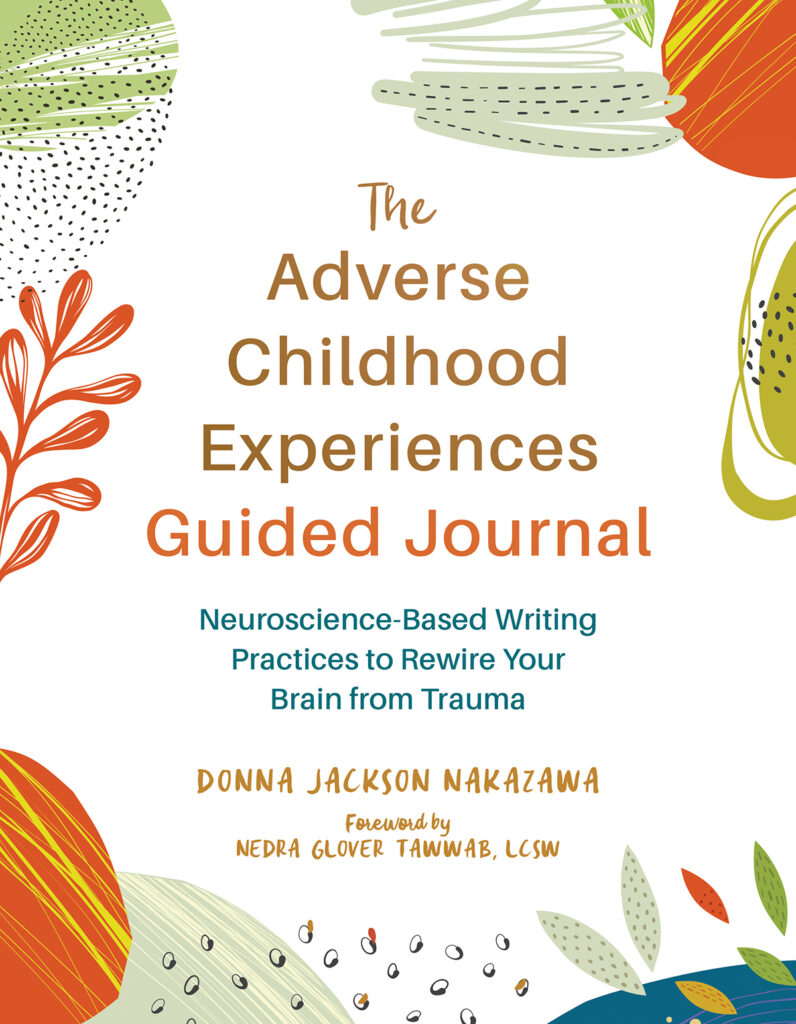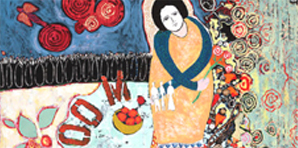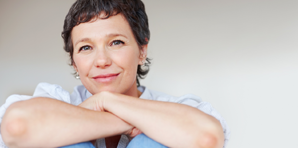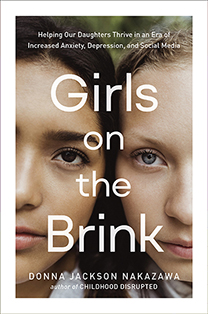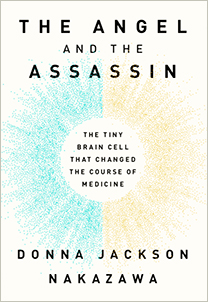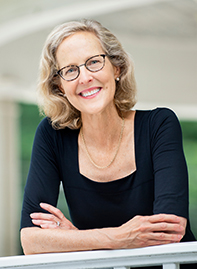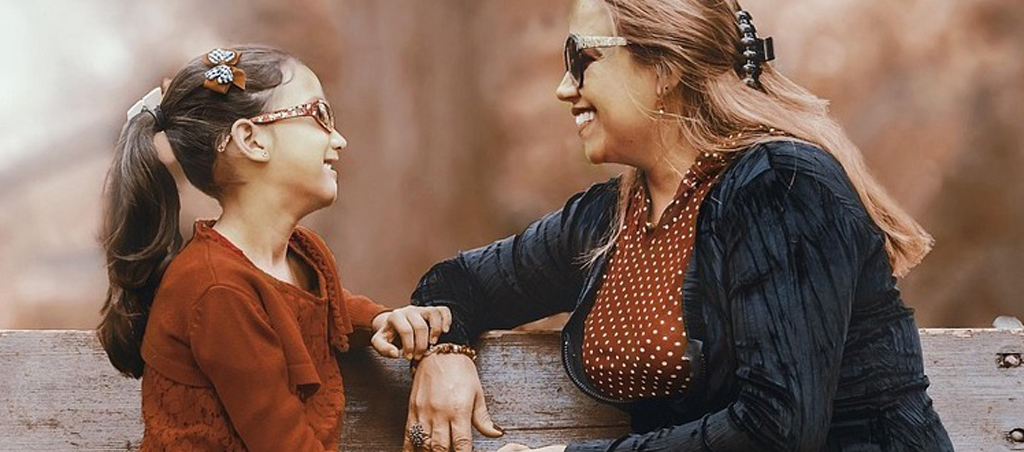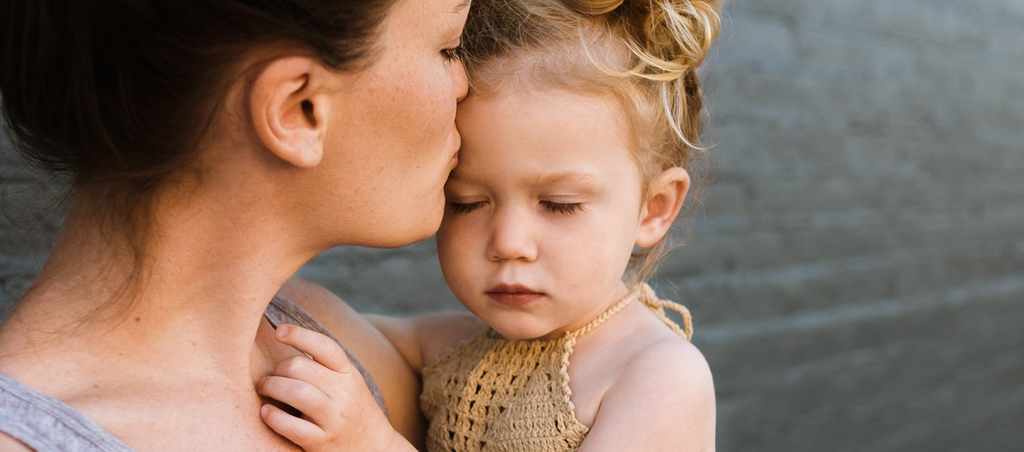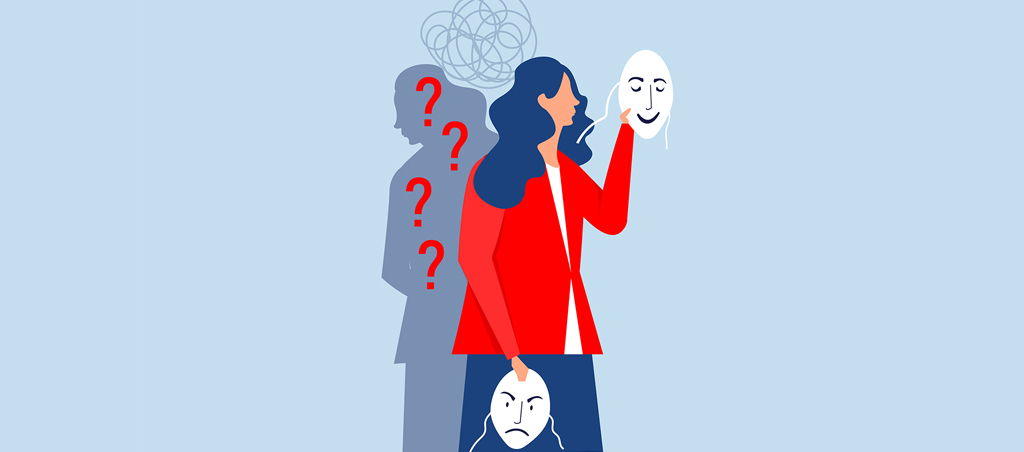It’s hard to believe that after my year-long journey exploring the newest neuroscience on how to activate the healing responses of the brain, The Last Best Cure will finally be in stores in 45 days! As pub date grows closer, I’ve been thinking a lot about how essential taking this journey is – for every one of us. And every day I’ll be posting another reason why we know that our brain is our last best cure — and why having this tool in our toolkit for healing matters for all of us.
Countdown Reason # 45: “More Adults Suffer From Chronic Health Problems than Ever Before, Numbers are Rising, and More Women Suffer Than Men” Today I was looking over some of the research that inspired me to go on a quest to research and write The Last Best Cure. One study really got my attention. Today in the United States, 133 million Americans – one out of two adults — suffer from at least one chronic condition. These include back pain, irritable bowel and digestive disorders, arthritic conditions, migraines, thyroid disease, autoimmune diseases, depression and mood disorders, cancer, Lyme’s disease, fibromyalgia, chronic fatigue syndrome and chronic pain. Experts predict that these numbers, which have been rising steadily by more than one percent a year, will rise 37% by 2030.
And most of us are women. We’re more likely than men to suffer from migraines and lower pack pain, twice as likely to suffer from depression, irritable bowel disease and arthritis. And if you’ve been following my work over the past few years, you already know that women are three times more likely than men to suffer from autoimmune diseases including lupus, multiple sclerosis, type 1 diabetes, thyroiditis, rheumatoid arthritis and inflammatory bowel disorders. Ninety percent of fibromyalgia sufferers are women. And women are more likely to suffer from a compilation of chronic conditions than are men. Lupus and migraines. Back pain and fibromyalgia and irritable bowel.
Recently, I sat at a conference on women’s health issues, where we discussed chronic diseases with noted physicians in a variety of fields. “Walk into any of our waiting rooms and it’s full of women in their thirties, forties and fifties,” said the director of one clinic. “The American woman in her prime is our prime patient; she’s the walking wounded of our day.” Around the table, a dozen heads nodded yes.
How could I not do something to try to help all of us — women and men — who might count ourselves among “the walking wounded of our day?”
I’m so grateful to my own physician, Anastasia Rowland-Seymour, at Johns Hopkins, who asked me to go on this journey with her, to investigate the growing and fascinating science pointing to the fact that our brain is our last best cure. More on why I took this journey to find The Last Best Cure and what I discovered tomorrow.
